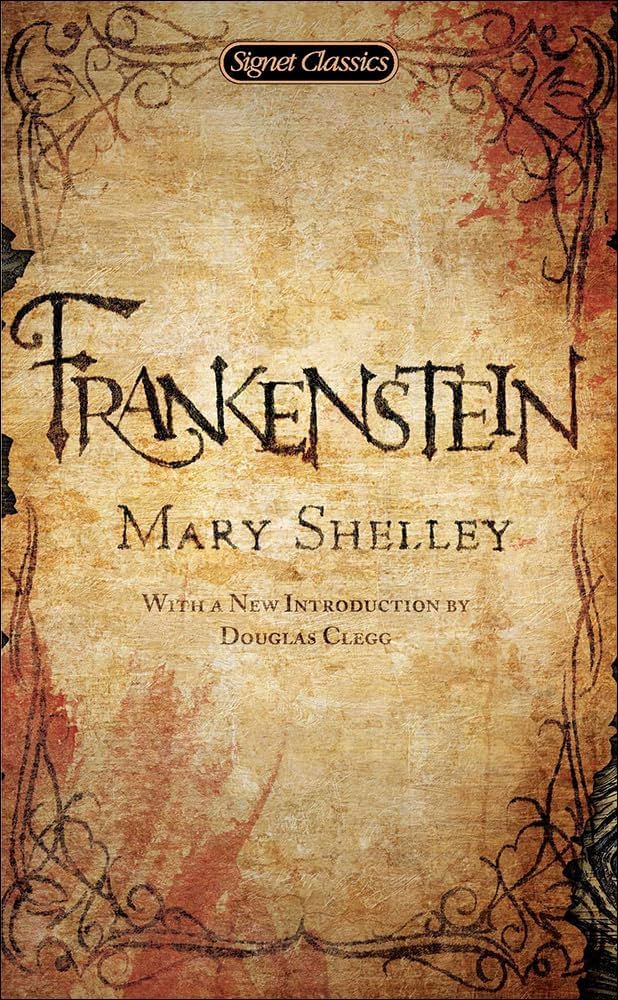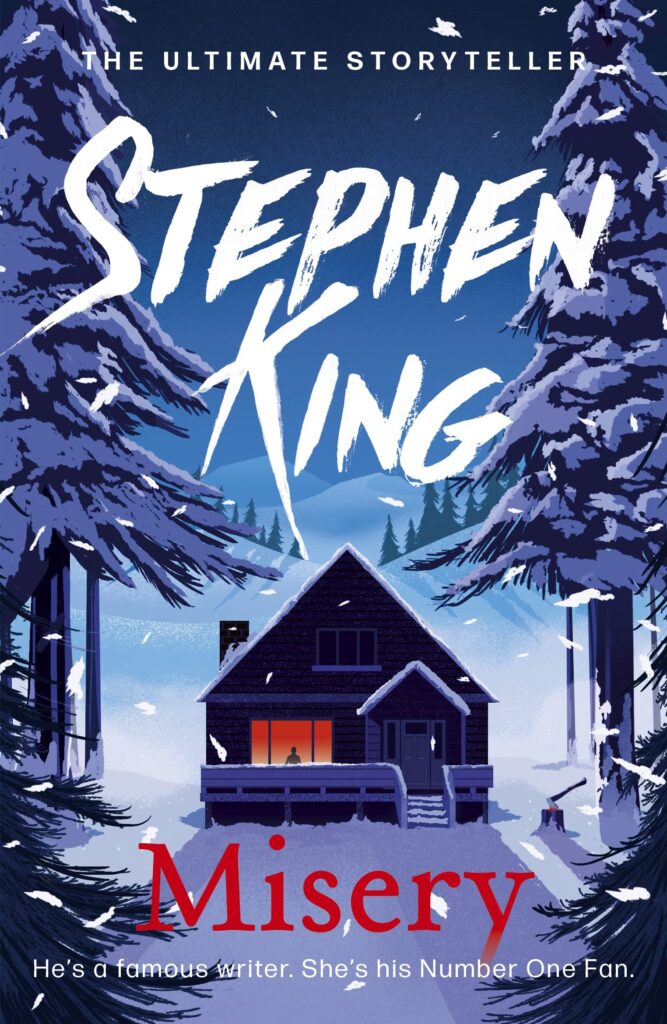Advice for writers
for writers
Writing About Obsession: Crafting Characters Consumed by Fixation

How to Portray Obsessive Characters in Fiction
Exploring themes of obsession and fixation in writing can add depth and intensity to your narratives, captivating readers with characters whose singular drives lead them down compelling—and often destructive—paths. Whether it’s an unhealthy relationship, an all-consuming goal, or an overwhelming fear, obsession fuels some of the most gripping stories in literature.
However, writing about obsession requires a nuanced approach to ensure authenticity and engagement. How can you create characters whose fixations feel believable, immersive, and emotionally resonant? In this post, we’ll explore the different ways obsession manifests in storytelling, how to craft obsessive characters effectively, and why this theme remains so powerful across genres.
What Is Obsession in Literature?
Obsession in literature refers to a character’s persistent and intrusive focus on a particular person, idea, or goal—often at the expense of their well-being, relationships, or even sanity. This intense preoccupation can drive plots forward, create compelling conflicts, and offer deep psychological insight into characters.
Obsession often manifests in different ways, including:
Unrequited Love: A character is consumed by their feelings for someone, leading to destructive choices.
The Pursuit of Power or Success: Ambition morphs into obsession, causing moral or ethical compromises.
Fixation on Revenge: A character cannot move forward until they’ve exacted vengeance, sometimes at great personal cost.
Irrational Fear or Paranoia: A character becomes consumed by a perceived threat, whether real or imagined.
From Shakespeare’s tragic heroes to modern psychological thrillers, obsession is a powerful force that shapes some of literature’s most unforgettable narratives.
Writing About Obsession
Obsession is an effective narrative tool because it creates…
Strong Character Development
Obsessive characters often have rich internal conflicts. Their singular focus exposes their fears, traumas, and desires, making them multi-dimensional and compelling.
Built-in Conflict and Tension
Whether their obsession is external (fixation on another person) or internal (a personal ambition or paranoia), these characters are always at odds with something, which keeps readers engaged.
Thematic Depth
Stories that explore obsession can reflect broader themes such as power, addiction, love, or mental instability. These narratives resonate with readers because obsession—at least in milder forms—is a deeply human experience.
How to Portray Obsessive Characters Authentically
Writing about obsession requires careful handling. Here are key elements to consider when crafting characters consumed by fixation:
1. Identify the Root Cause
Every obsession starts somewhere. Is your character’s fixation rooted in childhood trauma, rejection, insecurity, or a deep-seated fear? Understanding the why behind their obsession makes their behavior more believable.
Example:
Captain Ahab’s obsession with the white whale (Moby-Dick) stems from his personal injury and loss, which he externalizes as a need for revenge.
2. Show the Evolution of Their Obsession
Obsession rarely appears overnight—it develops over time. Show how your character’s focus intensifies gradually, leading them down a darker or more extreme path.
Example:
Heathcliff’s fixation on Catherine (Wuthering Heights) begins as love but warps into a consuming need for vengeance, growing over years.
3. Illustrate the Behavioral Impact
How does the obsession affect their daily life? Do they neglect their health? Lose touch with reality? Ruin relationships? Subtle signs, such as sleepless nights, erratic behavior, or ignoring responsibilities, make their obsession feel real.
Example:
Amy Dunne (Gone Girl) meticulously plans every detail of her deception, showing her obsession with control through calculated, methodical actions.
4. Show the Consequences
Obsession always has consequences, whether internal (mental breakdowns, guilt, despair) or external (harming others, ruining reputations, committing crimes). Let readers see the cost of fixation.
Example:
Jay Gatsby’s obsession with Daisy (The Great Gatsby) leads to his downfall, illustrating the futility of chasing an idealized past.
Examples of Obsession in Literature
Looking at well-crafted obsessive characters can provide inspiration. Here are a few notable examples:
Victor Frankenstein (Frankenstein by Mary Shelley): An obsession with creating life blinds him to the ethical and personal consequences of his actions.
Gollum (The Lord of the Rings by J.R.R. Tolkien): His fixation on the One Ring consumes his identity and dictates his every move.
Annie Wilkes (Misery by Stephen King): Her obsessive attachment to an author results in dangerous, controlling behavior.



How to Make an Obsessive Character Sympathetic
Many of the best obsessive characters are not outright villains. They might be deeply flawed, but they are also human. Here’s how to ensure readers can still relate to them:
Give them moments of self-awareness. Even if they don’t change, showing flickers of doubt or regret can make them more complex.
Make their obsession understandable. If readers can see why they’re obsessed, they may sympathize—even if they don’t condone their actions.
Show what’s at stake. If their obsession is tied to something deeply personal, such as a lost love or a childhood dream, it becomes more compelling.
Tips for Writing About Obsession
Here’s a quick reference guide to keep in mind:
✔ Pace the escalation – Let the obsession build over time rather than appear suddenly.
✔ Use internal monologue – Show the character’s spiraling thoughts to immerse readers in their fixation.
✔ Develop external conflicts – Let other characters push back against the obsession to highlight its destructive nature.
✔ Use repetition effectively – Repeated words, thoughts, or actions reinforce an obsessive mindset.
✔ Include contrasting characters – A rational friend or a skeptical outsider can highlight the obsessive character’s descent.
Resources for Further Exploration
Looking to deepen your understanding of obsession in storytelling? Here are some recommended resources:
“How to Write a Character Driven by Obsession”
A helpful article from Writer’s Digest with practical tips.
A curated list of novels from The Guardian that masterfully explores obsessive themes.
A psychology-based approach to understanding fixation in fiction.
Obsession: A Window into the Human Psyche
Obsession in fiction is more than just a plot device—it’s a window into the human psyche. From unrelenting ambition to destructive love, fixation is a deeply relatable force that can drive characters to greatness or ruin. The best obsessive characters are layered, complex, and emotionally charged, offering readers a glimpse into the power of singular desire.
When crafting stories about obsession, aim for authenticity. Show its evolution, its consequences, and the humanity within it. Whether you’re writing a psychological thriller, a gothic romance, or a literary character study, obsession can add richness and intensity to your narrative.
If you’re an author looking to refine your storytelling and explore intricate character dynamics, having the right support can make all the difference. At Atmosphere Press, we help writers bring their ideas to life with expert guidance and a collaborative approach to publishing. Whether you’re crafting your first novel or your fifth, we’re here to help you shape a compelling and immersive story.

Erin K. Larson-Burnett, Production Manager at Atmosphere Press (submit your manuscript here!), is a born-and-raised Southerner currently living in Katy, Texas, with her husband and their small domestic zoo. She is an avid ink drinker who lives and breathes books—during the day, she works remotely with authors around the world, honing and perfecting books published through Atmosphere Press. By night, she crafts her own stories…or at least tries to. The Bear & the Rose is her debut novel.

Atmosphere Press is a selective hybrid publisher founded in 2015 on the principles of Honesty, Transparency, Professionalism, Kindness, and Making Your Book Awesome. Our books have won dozens of awards and sold tens of thousands of copies. If you’re interested in learning more, or seeking publication for your own work, please explore the links below.
